You are here
Back to topChina Releases Phytosanitary Rules for Fresh Cambodian Durians
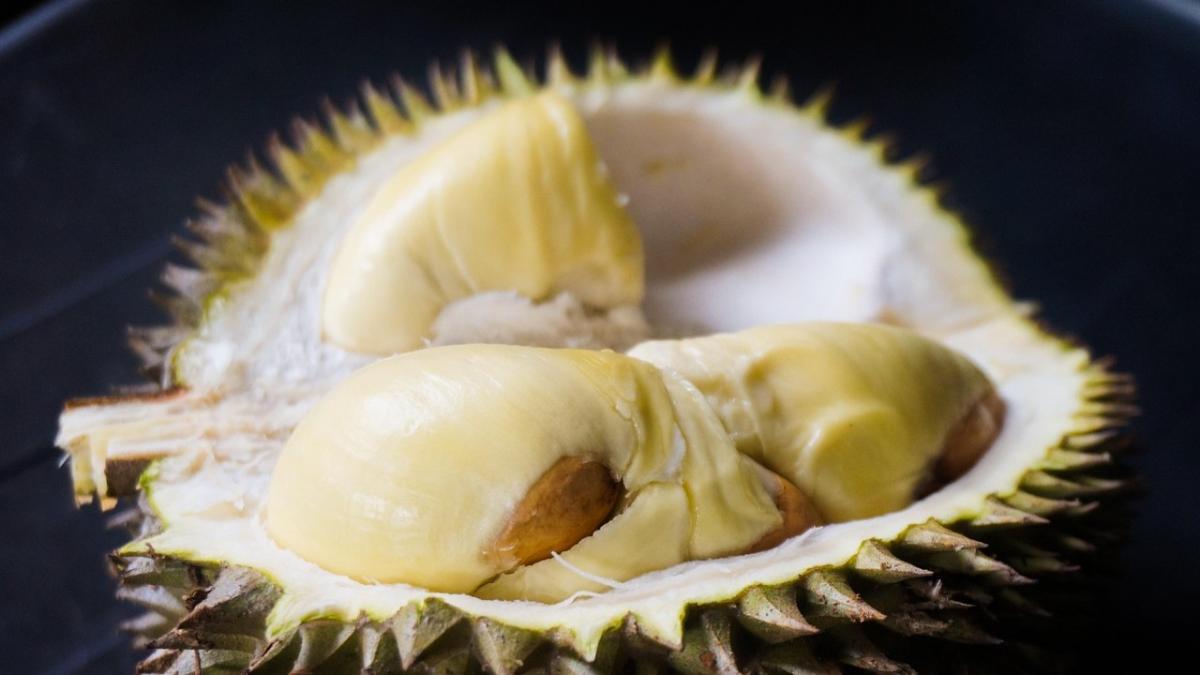
On April 17 in Phnom Penh, Cambodia and China signed a phytosanitary protocol for the export of fresh Cambodian durians to China. The following week, on April 23, the Cambodian Ministry of Agriculture, Forestry and Fisheries called for durian plantation owners, farming communities, and operators of fresh durian processing and packaging facilities to register their operations for export to China. The ministry plans to submit a list of registered plantations and facilities to the General Administration of Customs of China in May for assessment and approval.
On April 28, the GACC issued an announcement via its website regarding the phytosanitary requirements for importing fresh Cambodian durians. According to the announcement, durian orchards and packaging facilities seeking to export to China must obtain approval from the CMAFF and be registered with the GACC. Before each export season begins, the CMAFF is required to submit a list of eligible enterprises to the GACC for approval and registration. Once approved, the GACC will publish this list on its website.
Orchards must establish robust quality management and traceability systems while adhering to good agricultural practices and integrated pest management techniques. The processing, packaging, storage and transportation of durians destined for China must be conducted under the quarantine supervision of the CMAFF or its designated officials.
Packaging plants should maintain good hygiene standards and implement measures to prevent pest recontamination. During the packaging process, durians destined for China must undergo procedures such as cleaning, sorting, grading and the removal of damaged fruits to ensure that shipments are free from insects, mites, rotten fruits, branches, leaves, roots and soil.
Notably, for the first time, the GACC’s phytosanitary requirements for Cambodian durians include explicit provisions regarding additives: packaging processes must comply with Chinese food safety laws, regulations and national standards, and the unlawful addition of non-food substances is strictly prohibited.
China has also identified a total of six quarantine pests of concern. These include the guava fruit fly (Bactrocera correcta), gray pineapple mealybug (Dysmicoccus neobrevipes), passionvine mealybug (Planococcus minor), coffee mealybug (Planococcus lilacinus), Jack Beardsley mealybug (Pseudococcus jackbeardsleyi) and the fungus responsible for white root rot (Rigidoporus lignosus).
Additionally, the CMAFF or its designated officials are required to take random samples of 2% of durians bound for China to check for the presence of pests of concern. The required sampling rate will be reduced to 1% if there are no quarantine problems for two years. The detection of contaminated durians will result in rejection of the entire shipment by China, or possibly even the suspension of imports for the remainder of the season.
Image: Pixabay
This article was translated from Chinese. Read the original article.



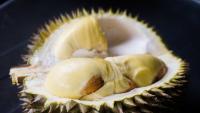
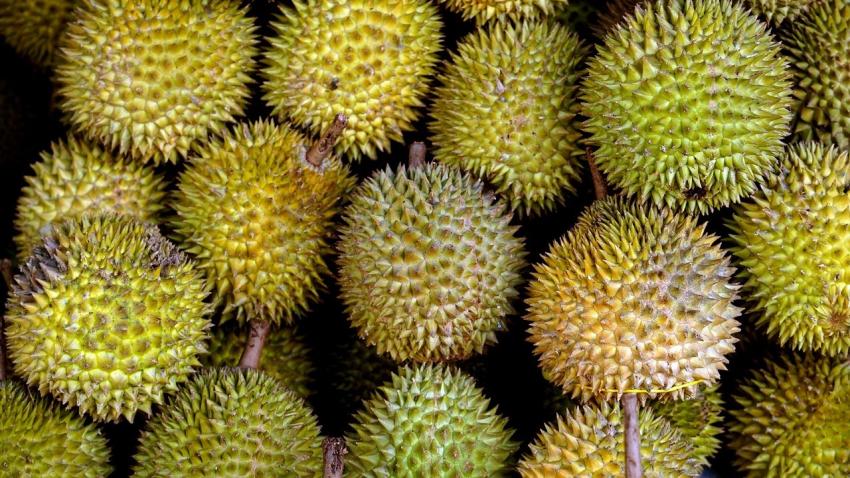
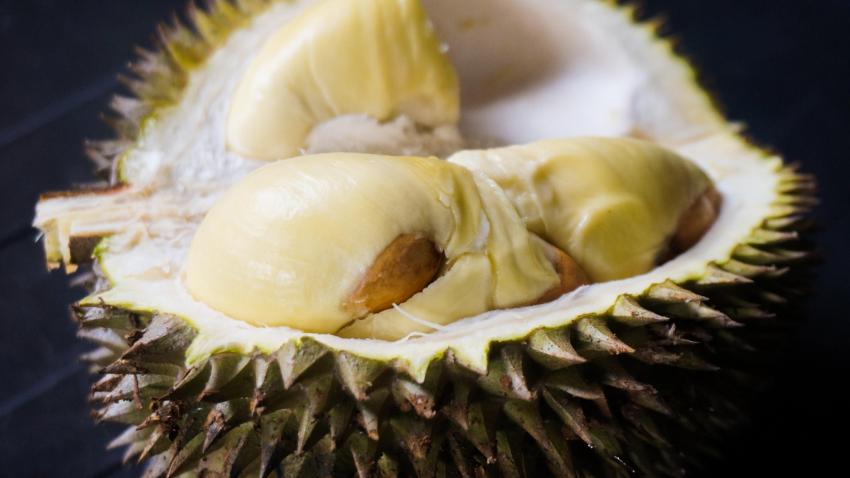


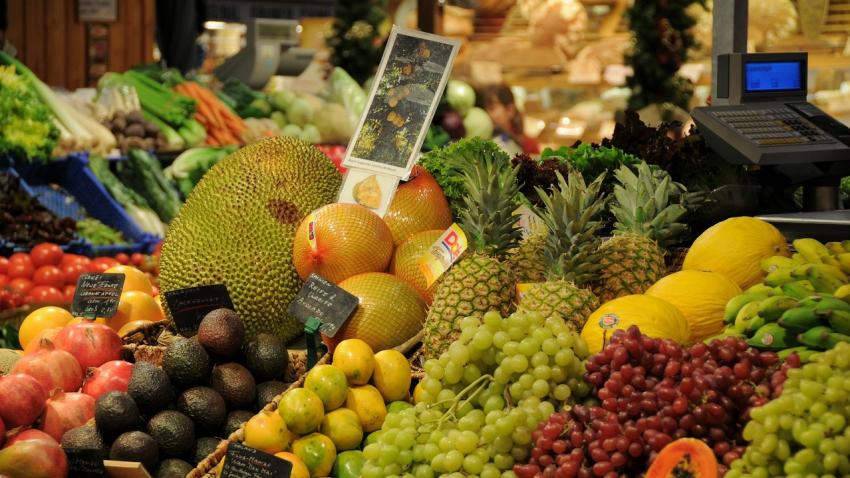
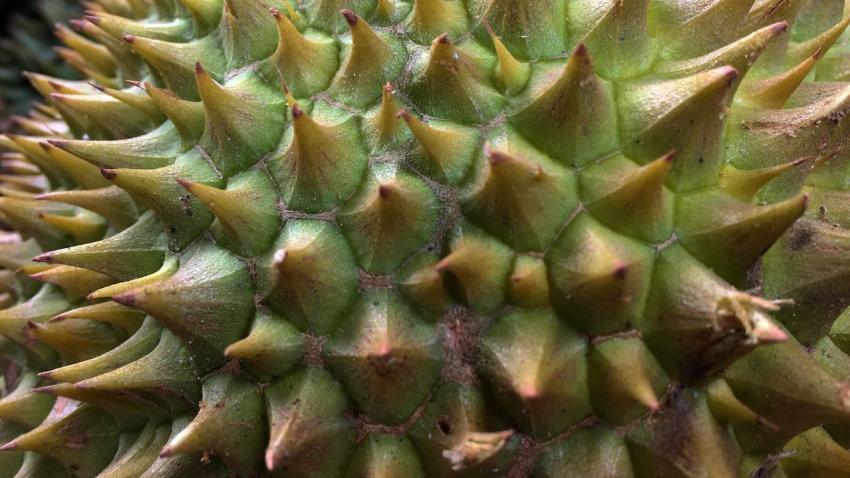



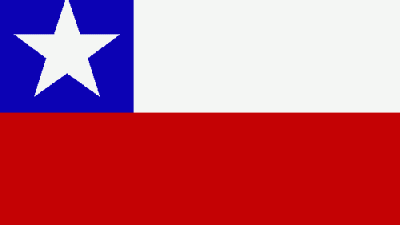

Add new comment